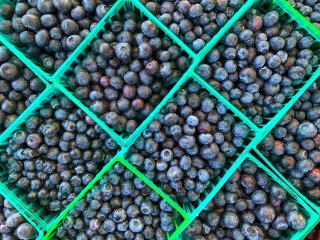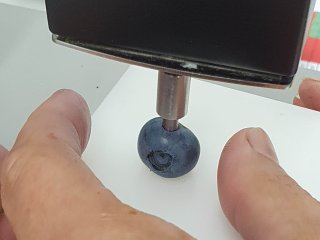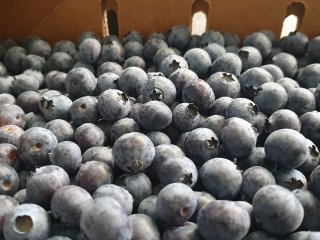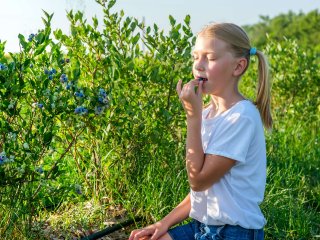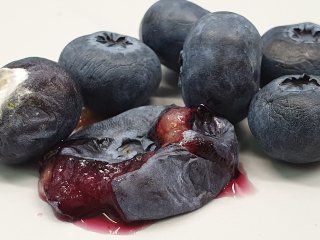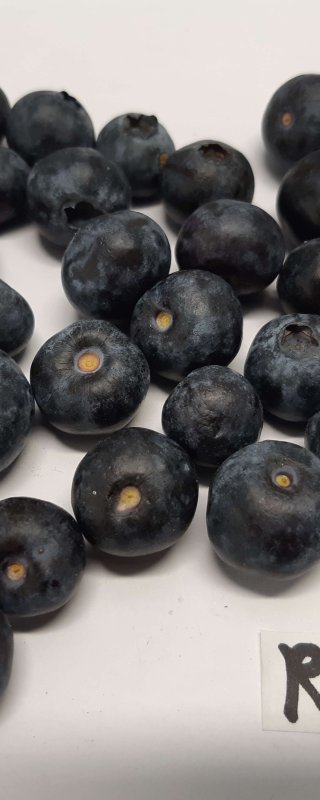
Blueberry quality
Quality of blueberries is determined by several characteristics that give joy to the consumer. Important characteristics of quality are appearance, colour, texture and flavour. Appearance and colour are examples of external quality parameters. Texture and flavour are examples of internal quality. The quality characteristics are influenced by variety, pre-harvest factors, harvest practices and postharvest handling. Determination of fruit quality provides an important indication of the remaining storage potential and shelf-life.
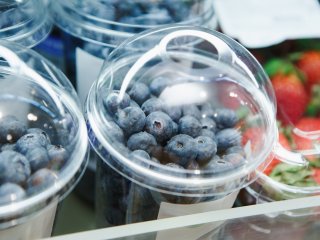
Optimal quality of blueberries
Blueberry is a very popular crop that ideally rewards its consumer by a nice crunch, followed by an explosion of a sweet and characteristic flavour. Due to its popularity, year-round supply is highly desired and is realized by world-wide production of multiple cultivars. Each cultivar will show differences in flavour, firmness/texture and ripening speed. As such, a very important blueberry quality characteristic is firmness, which besides cultivar is also influenced by ripening and dehydration. Blueberries do not develop in flavour after harvest. Disorders in texture, such as mealiness and internal breakdown, increase with harvests later in the production seasons of individual cultivars, when an increasing percentage of blueberries is very ripe. Blueberries do not ripen uniformly on the bush. As such, picked blueberry batches show variation in ripeness and thus in quality.
Some minimum requirements for good-quality blueberries are that they should be clean, intact, firm, uniform blue colour, uniform bloom, free of any foreign smell and/or taste, i.e. the fruits must be sufficiently developed, carefully handled and display satisfactory ripeness.
Some minimum requirements for good-quality blueberries are that they should be clean, intact, firm, uniform blue colour, uniform bloom, free of any foreign smell and/or taste, i.e. the fruits must be sufficiently developed, carefully handled and display satisfactory ripeness.
